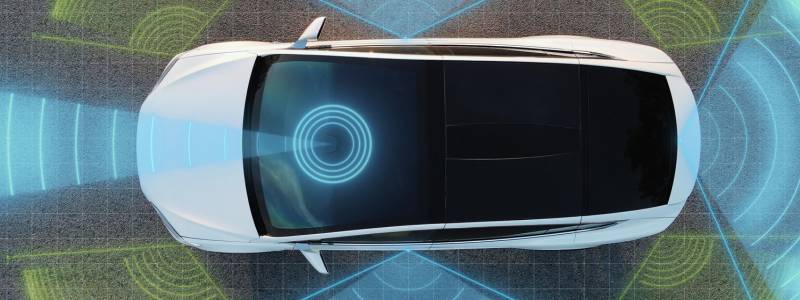Vision 4DR Takes On 4D Imaging Radar
Author: Bryon Moyer
Cadence has taken on automotive radar with its new Vision intellectual property (IP) offerings. Although it already handles radar with its ConnX line of digital signal processors (DSPs), the new Vision 331 and Vision 341 now include data types and instructions originally in its ConnX DSPs so that the new DSPs can work with all types of automotive perception. A Vision 4DR block provides acceleration for higher-performance imaging radar.
The 331 and 341 have similar resources as the existing Vision 230 and 240, but new data types and instructions allow them to work with radar data more efficiently than is possible with the older models. The 4DR accelerator speeds up critical radar-signal processing (largely fast Fourier transforms, or FFTs) enough to address the heavier workloads imposed by 4D imaging radar.
The number of automotive perception sensors continues to grow with new automobiles, especially for higher-priced vehicles that support the additional cost of such sensors. Leading-edge vehicles increasingly employ a combination of cameras, radar, and lidar. TechInsights estimates that, in 2023, some 220 million cameras were built into light-duty vehicles compared with 135 million radar units and around 1 million high-resolution lidar units. Given data from the two or three types of sensors, fusion algorithms combine them in a complementary fashion since each type of sensor does well under different conditions.
The two new DSPs are available for licensing today; the 4DR will launch later this quarter. We estimate vehicles using these blocks will appear in showrooms in 2027 or later. Cadence is targeting automotive safety integrity level (ASIL) B for this IP.




